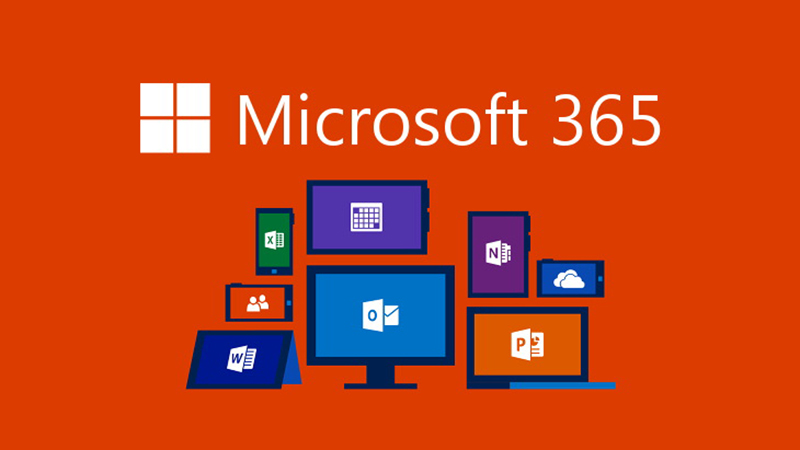In recent years, the worlds of e – commerce and the gig economy have intertwined, giving rise to a new phenomenon: freelance retailers. This trend is reshaping the retail landscape, offering both opportunities and challenges. Let’s explore how e – commerce and the gig economy are fueling the growth of freelance retailers.

I. Understanding the E – Commerce and Gig Economy Connection
A. The Basics of E – Commerce
- Online Shopping Growth
E – commerce has seen explosive growth in recent times. It allows businesses and individuals to sell products and services over the internet. Consumers can shop from the comfort of their homes, choosing from a vast range of products. For example, platforms like Amazon and eBay have made it possible to buy anything from electronics to clothing with just a few clicks. - Global Reach and Accessibility
One of the key advantages of e – commerce is its global reach. Sellers can target customers all over the world, breaking down geographical barriers. Small businesses in a remote town can now sell their products to customers in major cities across the globe.
B. The Gig Economy Explained
- Flexible Work Arrangements
The gig economy is characterized by flexible work arrangements. Instead of traditional full – time jobs, people work on a project – by – project or task – by – task basis. Freelancers, contractors, and gig workers are all part of this economy. For example, a graphic designer might take on short – term projects for different clients, giving them the freedom to choose their work and schedule. - Diverse Range of Skills
It encompasses a diverse range of skills. From writing and programming to marketing and design, there are numerous opportunities for individuals to monetize their skills. This diversity has led to a rich ecosystem of gig workers.
II. The Emergence of Freelance Retailers
A. How Freelance Retailers Operate
- Selling on E – Commerce Platforms
Freelance retailers often sell products on established e – commerce platforms. They source products, list them on platforms like Shopify or Etsy, and handle the sales process. For instance, a freelance retailer might find unique handmade crafts from local artisans and sell them on Etsy, reaching a global customer base. - Dropshipping Model
Many freelance retailers use the dropshipping model. In this model, they don’t hold inventory. Instead, when a customer places an order, the product is shipped directly from the supplier to the customer. This reduces the upfront costs and risks associated with inventory management.
B. Advantages for Freelance Retailers
- Low Barriers to Entry
One of the main advantages is the low barriers to entry. Unlike starting a traditional retail store, which requires significant capital for rent, inventory, and staff, freelance retailers can start with a small investment. They can begin by selling a few products and gradually expand their business. - Flexibility and Independence
Freelance retailers enjoy flexibility and independence. They can work from anywhere in the world, set their own hours, and choose the products they want to sell. For example, a stay – at – home parent can run a freelance retail business during their free time, balancing work and family life.
III. The Impact of Freelance Retailers on E – Commerce and the Gig Economy
A. On E – Commerce
- Increased Product Variety
Freelance retailers contribute to the increased product variety in e – commerce. They often offer niche or unique products that might not be available in large – scale retail stores. This enriches the shopping experience for consumers, as they have more options to choose from. - Competition and Innovation
They also bring more competition to the e – commerce market. This competition drives innovation, as freelance retailers constantly look for ways to differentiate themselves. For example, they might use social media marketing or offer personalized customer service to stand out.

B. On the Gig Economy
- New Income Opportunities
Freelance retailing provides new income opportunities within the gig economy. People with an entrepreneurial spirit can earn a living by selling products online. This is especially beneficial for those who want to work independently or supplement their existing income. - Skill Development
It also encourages skill development. Freelance retailers need to learn various skills, such as marketing, customer service, and inventory management. This helps to enhance their overall employability within the gig economy.
IV. Challenges Faced by Freelance Retailers
A. Intense Competition
- Standing Out in a Crowded Market
The e – commerce market is highly competitive, and freelance retailers often struggle to stand out. With so many sellers offering similar products, it can be difficult to attract customers. They need to invest time and effort in marketing and branding to make their business noticeable. - Price Competition
Price competition is another challenge. Larger retailers may be able to offer products at lower prices due to economies of scale. Freelance retailers need to find ways to justify their prices, perhaps by offering unique products or better customer service.
B. Logistics and Supply Chain Issues
- Inventory Management
For those not using the dropshipping model, inventory management can be a headache. They need to balance having enough stock to meet demand without overstocking and tying up capital. Fluctuations in demand can make this a difficult task. - Shipping and Fulfillment
Shipping and fulfillment can also be challenging. Ensuring timely delivery and dealing with shipping costs are important aspects. Freelance retailers need to find reliable shipping partners and manage customer expectations regarding delivery times.
V. Strategies for Success as a Freelance Retailer
A. Niche Marketing
- Finding a Unique Product Niche
Freelance retailers should focus on finding a unique product niche. By targeting a specific market segment, they can differentiate themselves from competitors. For example, instead of selling general pet supplies, a freelance retailer could focus on organic pet food, catering to health – conscious pet owners. - Building a Brand around the Niche
Once they have a niche, building a brand around it is crucial. This includes creating a brand identity, developing a marketing strategy, and providing excellent customer service that aligns with the niche.
B. Leveraging Technology
- Using E – Commerce Tools
They should make use of various e – commerce tools. Platforms offer features like analytics, marketing automation, and inventory management tools. By using these tools effectively, freelance retailers can streamline their operations and make data – driven decisions. - Social Media and Digital Marketing
Social media and digital marketing are powerful tools for freelance retailers. They can use platforms like Instagram, Facebook, and TikTok to promote their products, engage with customers, and build a community around their brand.

In conclusion, the rise of freelance retailers at the intersection of e – commerce and the gig economy is a significant trend. While it presents challenges, it also offers numerous opportunities for individuals and the overall market. By understanding these aspects and implementing the right strategies, freelance retailers can thrive in this evolving landscape.




